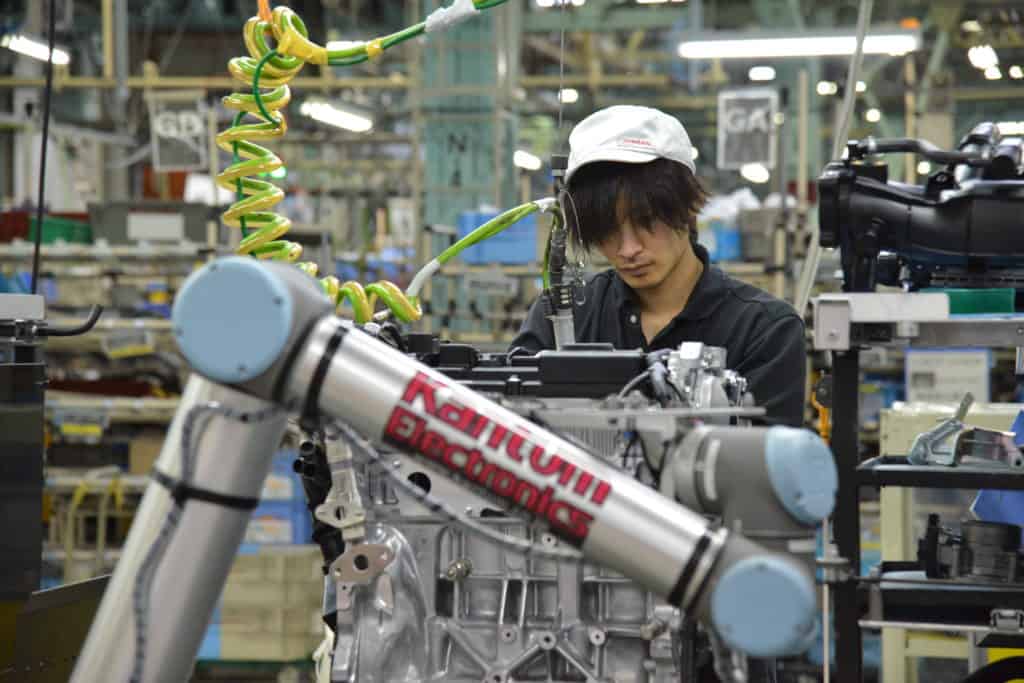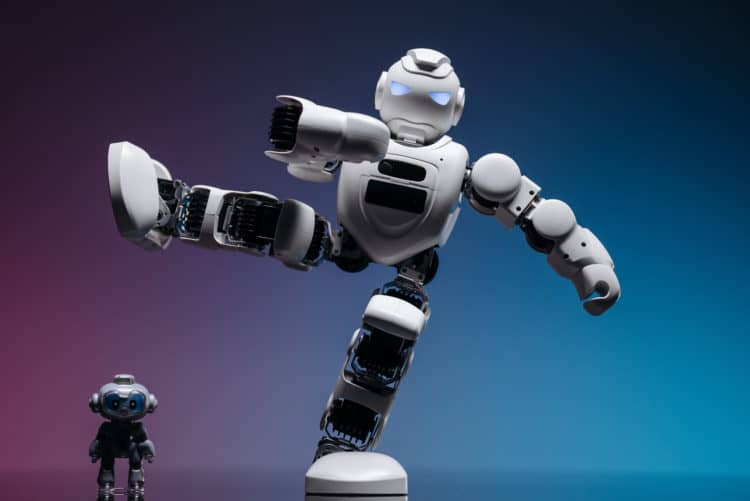In the past, environmentally friendly practices are rarely associated with the manufacturing industry. However, the new generation of consumers has become more environmentally conscious, leading to increasing pressure for manufacturers to uphold sustainability standards.
While Southeast Asia remains an attractive region for manufacturers, the rapid growth and digitalisation in ASEAN countries are adding to the region's sustainability challenges. Despite the rising concerns on sustainable practices in ASEAN, sustainability ranks high as government agencies are committed to combating climate change.
Many approaches to environmental best practices have evolved over the years. The region continues to set energy and emission targets to demonstrate its efforts in protecting the environment.
With the rise of the term "sustainable manufacturing", defined as the manufacturing of products using processes that minimise negative environmental impacts, manufacturers are introducing innovative solutions to their factory floors.
Sustainable manufacturing has spread far beyond the niche groups of organisations that positioned themselves as environmentally friendly and encompass many notable firms from a wide range of industries. This is a goal sought by manufacturers that aim for a competitive advantage in the market while considering the negative impacts their operations have on the environment.

Few people connect collaborative robots (cobots) and sustainability, but Earth Day has given manufacturers a chance to pause and reflect on the difference that cobots can make. Celebrated on the 22nd of April each year, Earth Day is an annual event to demonstrate the support for environmental protection at an individual and societal level. This global day has initiated organisations to explore ways to improve their operations, allowing for increased productivity and efficiency while adopting sustainability.
Reducing waste in manufacturing
In the manufacturing process, turnaround time (time taken for a product to be produced) must be fast, and defects and raw material wastage minimised to meet production targets consistently. Manufacturing defects and discarded raw materials are not only costly to companies, but they also become waste which impacts the environment.
One of the most effective ways to reduce both cost and waste in this sector is to improve the quality of manufacturing processes. This is where collaborative robots, or cobots, can offer manufacturers a helping hand.
Cobots are built for repetitive actions. Cycle after cycle, the most efficient actions are repeated at the same pace, and with the same precision. This reduces wastage in industries such as welding, dispensing and material removal, and minimises the number of defective products.
Production output becomes more predictable as takt time (cycle time for a specific process) is stabilised, which allows for more efficient and optimised logistics arrangements.
For example, Hyundae Induction Hardening Heat Treatment (HIHHT), a Korean company that provides induction hardening heat treatment process, deployed two UR10 cobots in their process. These cobots place an untreated component into the treatment machine and then remove the treated component to a conveyer belt. As a result, HIHHT’s product failure rate decreased from 0.03% to 0.01% and production efficiency increased by 31%.
While the impact on waste at each workshop or factory may seem insignificant in the context of the world’s challenges, on a global scale, the environmental impact could be considerable.
Reducing emissions from transportation
Minimising distances in the supply chain reduces carbon emissions and are better for the environment. Coupled with the vulnerabilities of the global supply chain highlighted during the pandemic, more companies are re-examining their production processes, supply chain and business models to be more self-reliant, cost-efficient and environmentally friendly. There is an increasing interest in “reshoring”, as bringing production home is a way to achieve these goals.
Robotic technology, such as cobots, has enabled manufacturers to move production processes closer to home and become more resilient in the process.
Space-saving
Manufacturing automation requires robots in the process, and traditionally this requires a significant amount of space allocated in the production facility for the robot and cages for safeguarding. Manufacturers today can deploy lightweight cobots that require no safeguarding for some operations. Cobots can work alongside humans safely and move between applications without costly facility redesigns.
Reducing energy consumption
Typically, cobots consume less energy compared to traditional robot counterparts. Manufacturers can minimise energy consumption in their cobot-powered applications by running the cobot at 70-80% of its maximum speed and payload.
With the digitalisation of the manufacturing processes, remote access tools are introduced to further aid manufacturers in achieving sustainability. For instance, the UR+ ecosystem offers a wide range of remote monitoring and access solutions to track and monitor cobots without having to be onsite. These tools enable manufacturers to program cobots remotely, reducing travel costs and optimising energy consumption.
The demand for sustainable manufacturing will continue to rise as consumers begin making decisions based on companies’ efforts in demonstrating sustainability. Cobots’ ability to mitigate errors, reduce waste and increase efficiency can play a critical role in reducing carbon footprints.
Moving forward, the number of companies leveraging on the perfect human-machine collaboration to maintain the longevity of their businesses will rise.



